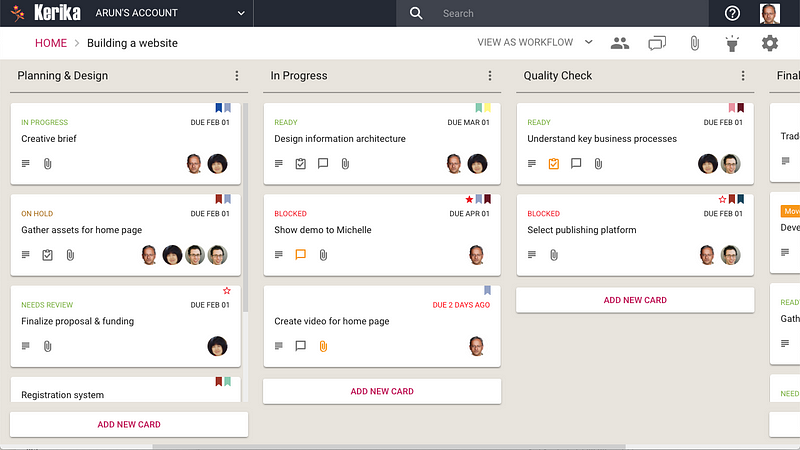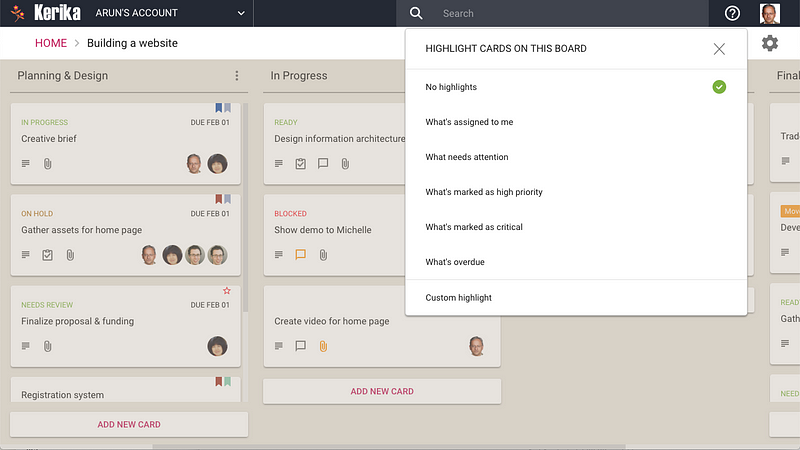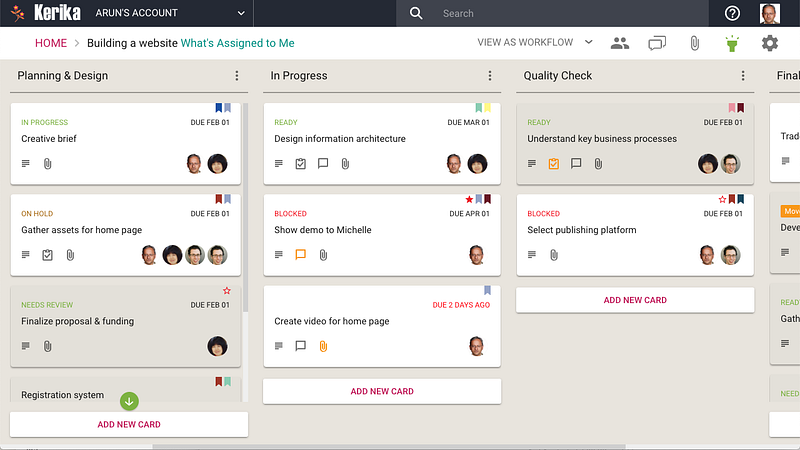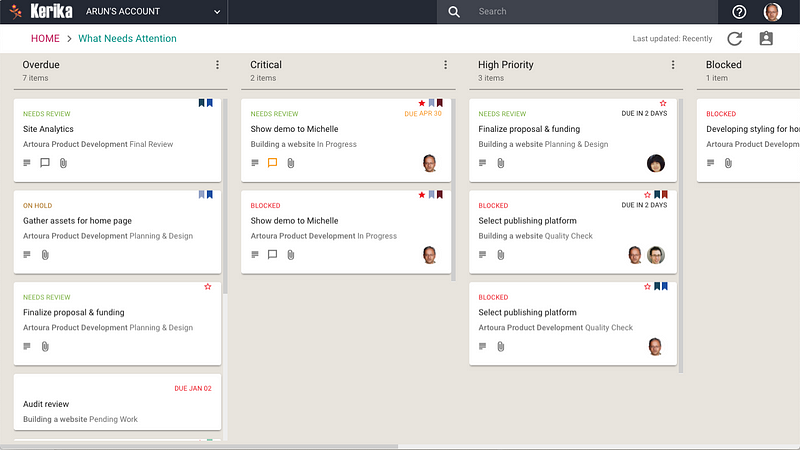Keep it short, keep it focused, and keep people standing

Standup meetings, which originated in the Scrum world of software teams, have since become popular with business users, and standups have spread beyond Scrum to teams experimenting with Kanban, and even teams sticking with old school Waterfall.
It’s easy to sell the idea of standups to management and your team members: standups are more frequent, more focused checkpoints help us identify impediments as early as possible.
Let’s consider the four key elements of that sales pitch:
It’s a standup, not a sit down.
Resist the urge to sit; if you sit, the meetings will get longer and more unfocused.

The great thing about standups that last no more than 15 minutes is that they are easy to hold: any open space will do; you don’t need to book a meeting room.
If there’s no open space, stand crowded together in an aisle. It works: people who can’t get comfortable have an incentive to get the meeting over with.
Frequency: daily standups are best, avoid variations like Twice-Weekly and Weekly.
A daily meeting is actually easier to schedule and has more consistent attendance than a meeting with any other rhythm. It’s easier to remember for everyone to remember that every day has a 9AM standup, than to remember that this particular day has a standup.
Consistency also makes it easier for others to schedule time with you: people always know that you are never available at 9AM, and that’s fine because they have their own 9AM standups to attend each day.
But does the standup have to be at 9AM, or the first thing in the morning?
Nope, there’s no particular advantage to making it the very first meeting of the day for everyone. In fact, it’s better to pick a time that’s about 30 minutes after most people normally come into the office: this gives everyone time to get coffee, catch up on email, and shake off their commute frustrations. People who have just rushed in from a delayed bus or train will not be good contributors to the standup.
As teams transition from Waterfall to Kanban or Scrum, a common objection you will hear in the beginning is people are working on stuff that’s is so complex that there’s nothing to report on a day-to-day basis.
If you face this objection, don’t switch from Daily to Weekly: a better approach is to understand why someone’s work items are so big that they cannot be completed in 1–2 days. Most commonly this is an indicator that tasks have not been broken down to small enough units to accommodate either Kanban or Scrum.
Focus: a daily standup should last no more than 15 minutes, for a team of 5–10 people.
That requires a very tight focus on what matters most. You can achieve that by restricting the agenda to the 3 Questions:
- What have you accomplished since yesterday?
- What do you plan to do today?
- What impediments (blockers) are you facing today?
What have you accomplished since yesterday? You should be able to answer this question in just a few seconds: after all, in yesterday’s standup you stated that you planned to get Task X done, so perhaps you need to say today is “Yup, I got Task X done.”
What do you plan to do today? Even this can be answered in a few seconds. Your answer will be “Continue on Task X” or “Start on Task Y”.
You shouldn’t have to explain to people what Task X and Task Y are: that should have been done already at the start of the project cycle, e.g. during the Sprint Planning Meeting.
Early warning of impediments
What impediments are you facing today? This is the most important part of your standup report: when you let coworkers know that you are facing a blocking problem.
Don’t worry about whether the problem you face seems large enough or important enough to report to the entire team. When in doubt, tell people.
The whole point of standups, after all, is to provide the team with an early warning system, so the Scrum Master (or Project Manager or Team Leader; it doesn’t matter what the role is called) can quickly help remove impediments.
The impediment can be as basic as “I don’t know how to solve this problem”: OK, in that case the Scrum Master needs think about where, how, and from whom you can get help.
The impediment might be within a coworker’s ability to remove, like “I need help understanding our purchasing process”, or it may be cross-organizational, like “I am still waiting for Purchasing to sign off on our purchase order.”
Prepping for the standup
Your team should be using a task management system that works for Kanban and Scrum-style projects. An effective system would provide a real-time view of what’s going on, across the team. Something like this:

Spend a few minutes catching up on what’s happened, especially any work that may have been done overnight by a local team. Your system should provide smart highlights to help you focus on the important stuff:


If you are working on multiple projects (and have to attend more than one standup each day), your system should help you see what’s happening across all your Kanban and Scrum boards:

A few minutes spent catching up is a really good way to prep for your standup, and if everyone does it you can be sure of getting done in 15 minutes.